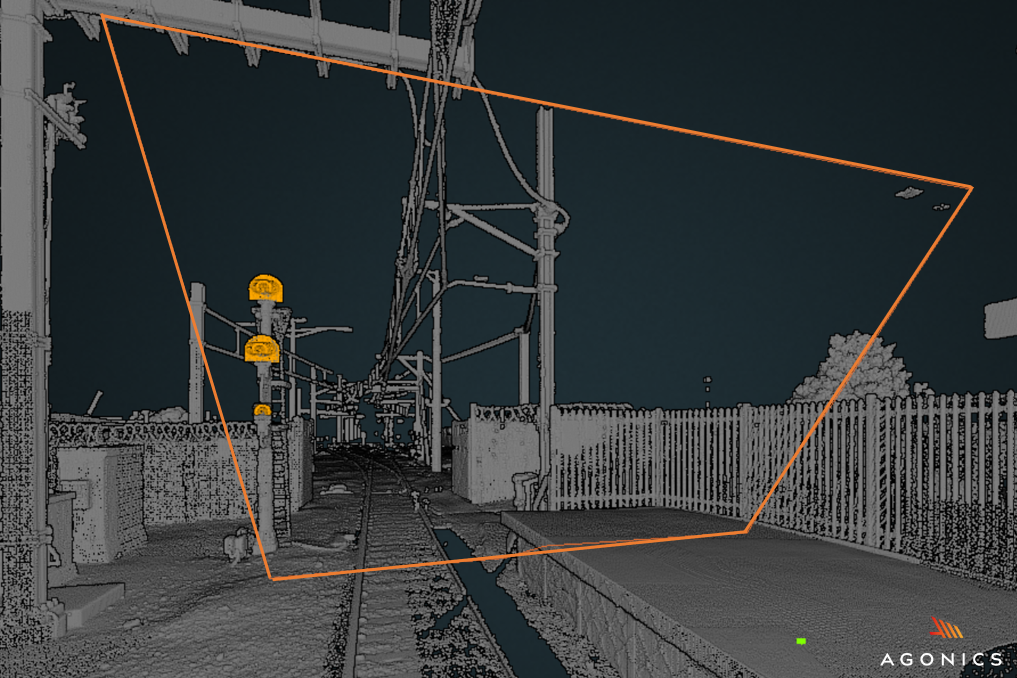
New train fleet purchases are considered to be one of the most strategically important investments that railway networks can make.
This is why, with many factors to consider, railway buyers should choose manufacturers that can deliver the right product for their network at a reasonable cost and within a reasonable timeframe to successfully phase out aging fleets that are no longer fit for purpose for today’s public transport users.
Considerations such as total cost of ownership, ease of operation, and disability compliance must be expertly weighed up to land at the right investment decision. With railway buyers faced with a small pool of potential manufacturers that offer standardised designs to meet a global marketplace, the integration of new train fleets into existing network infrastructure is expected to present challenges in terms of compatibility with signalling systems and at platforms where the transport user interfaces with the new fleet. Compatibility issues that could arise include impacts on sighting distances to existing signalling assets that can occur when new cab designs leave the driver with a more restricted view than before.
Other compatibility issues that could arise at platforms include when the new train’s door locations conflict with existing platform infrastructure or when doors open onto inclines that make disability access difficult. It is critical that these integration issues are quickly uncovered once a decision has been made to purchase a particular manufacturer’s train design. The lead times needed to make modifications to signalling and platform infrastructure can cause delays to new fleet commissioning.
Using LiDAR datasets recorded at scale across a railway network, specialist investigations can be undertaken to quickly establish locations on the network that are an integration risk for the new train fleet. This includes calculating the sighting distance to existing signals by modelling the driver’s actual field of view in the LiDAR point cloud based on the new train’s design. Similarly, at platforms, the new train’s door locations can be assessed against existing platform infrastructure without the need for expensive on-site surveys. Once problem locations have been identified in the LiDAR point cloud, treatments can be devised in advance of any commissioning activities.